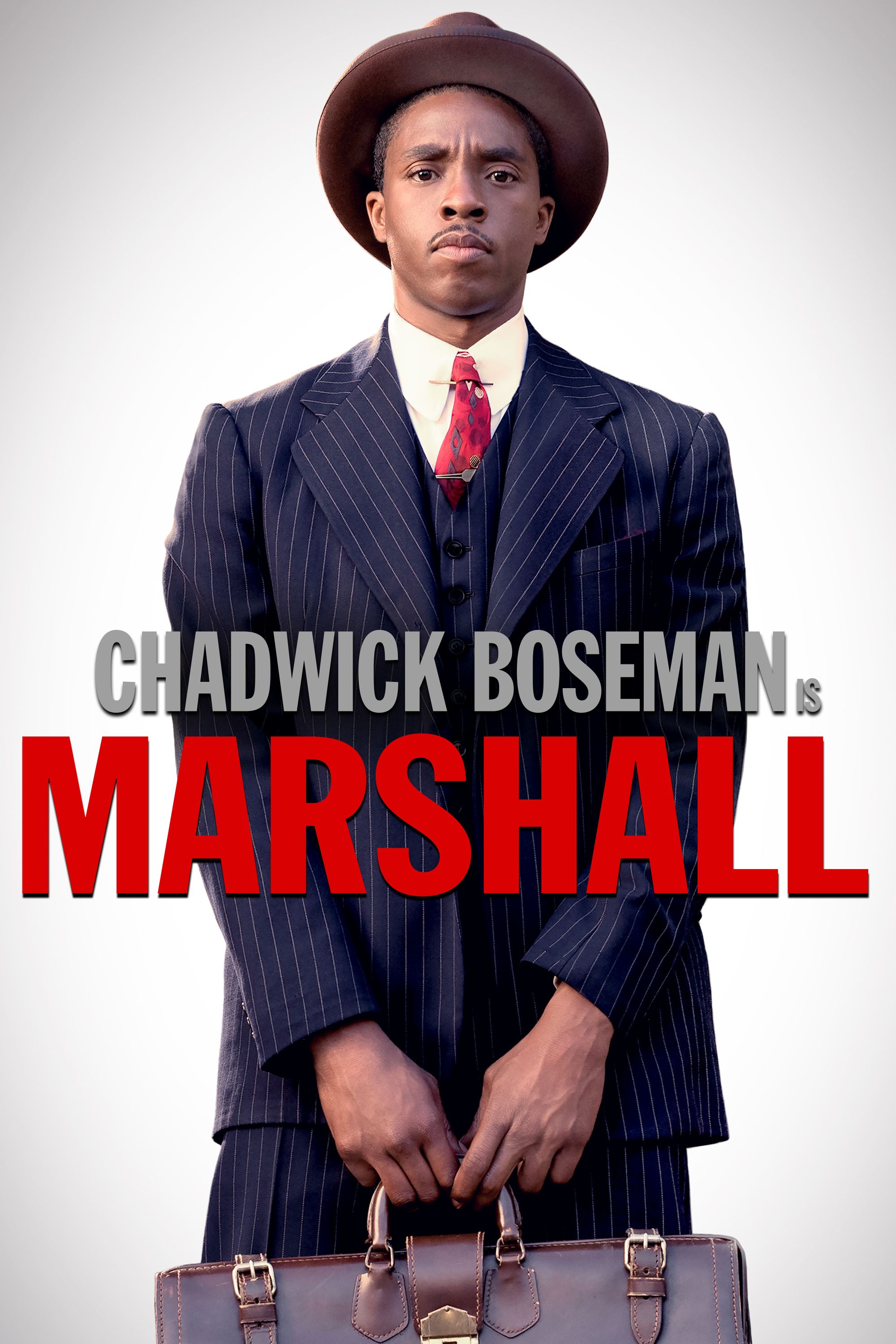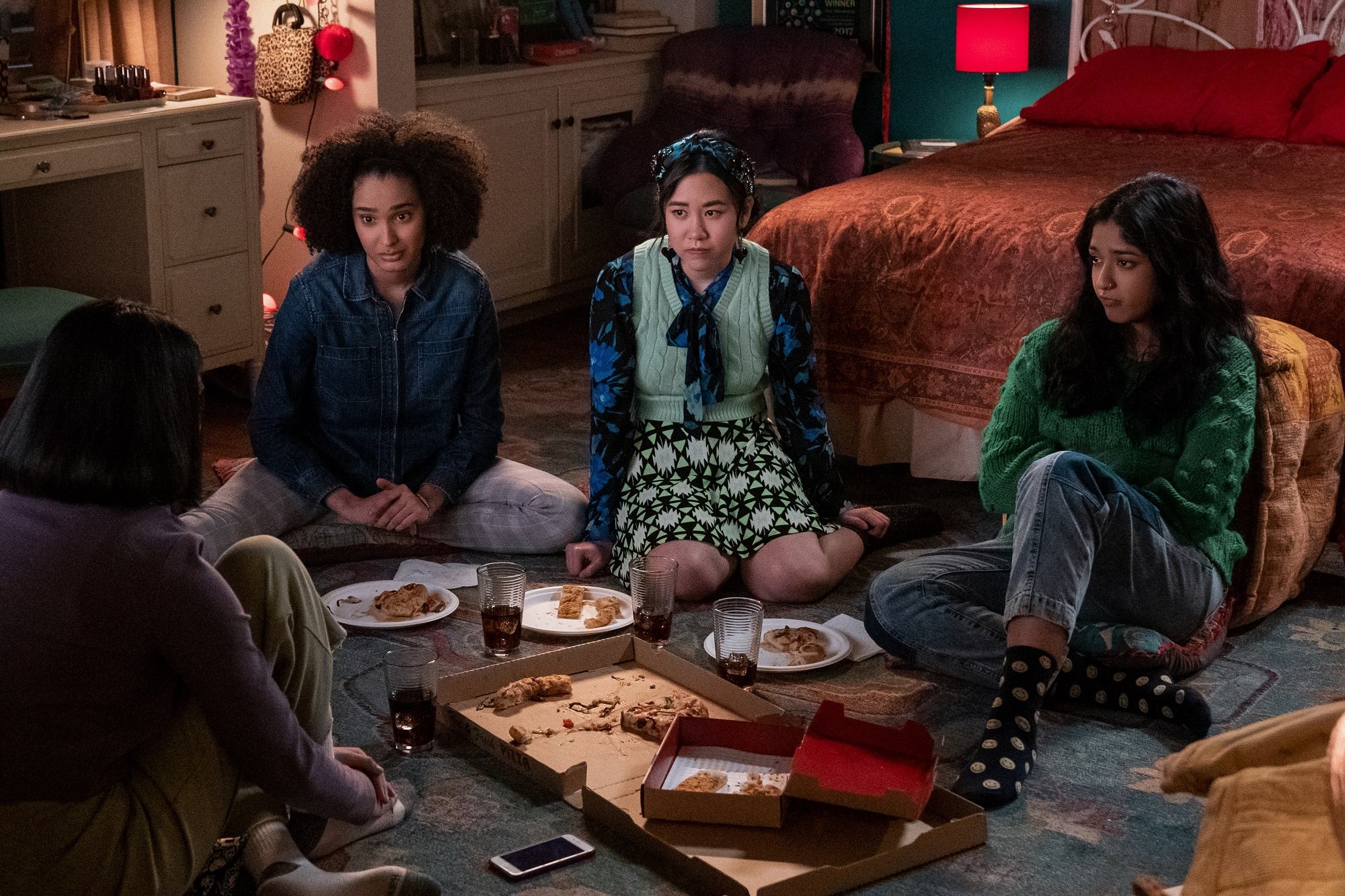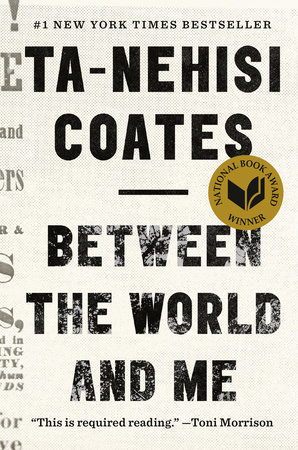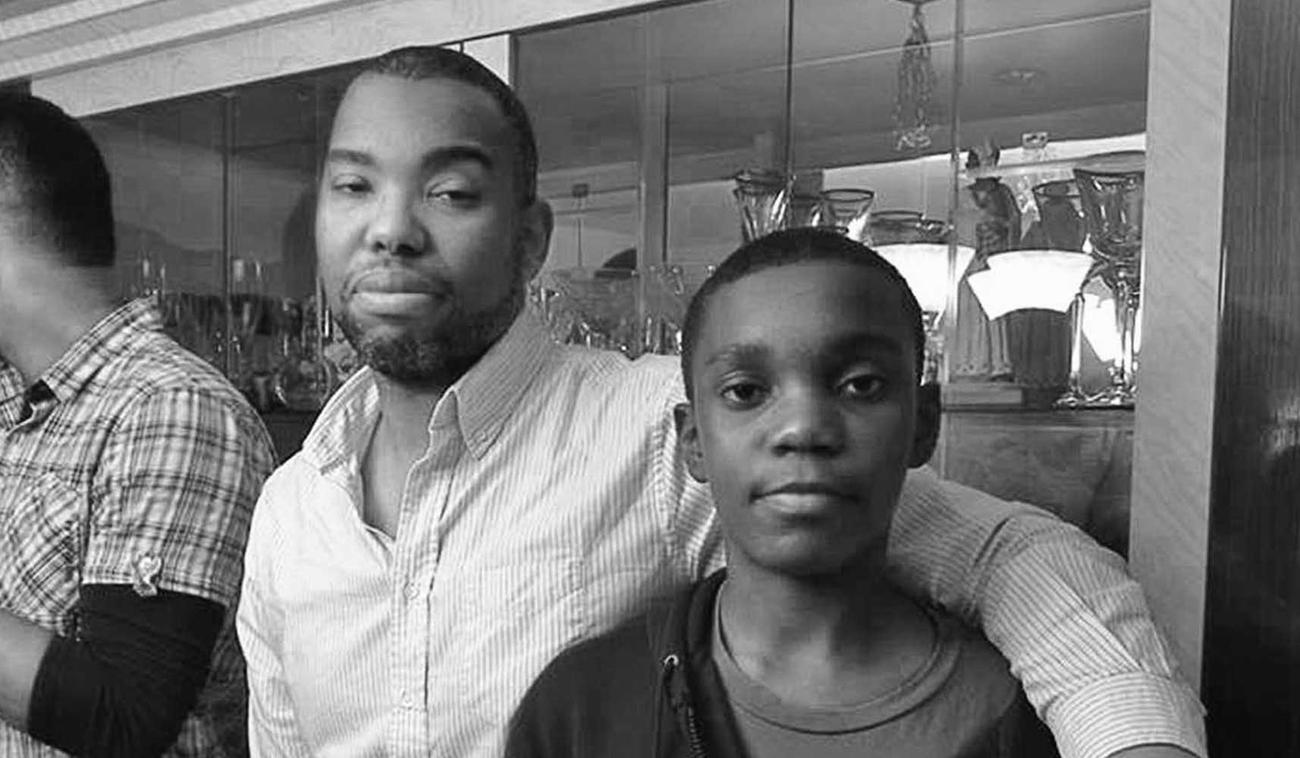I know for myself Spivak’s writing is my first time hearing the word subaltern thus I would like to provide some insight into what it is. The subaltern is a group of people in a society who are marginalized politically, socially, or geographically. The reason the subaltern are unable to have their voice be heard is these barriers. Back when India was colonized by Britain different regions of India were given new names split up into states. This separation acted as a way for the regions to now think for themselves so that they could survive within themselves. It became a lot harder for all the states to come together as one voice because they were now separate from each other. The subaltern really looks into the way colonialism was an issue for so long. This is kind of similar to the large amount of political tumultuousness we see in the U.S. today. There are so many states with differing ideas that we are not able to come together as one. This also relates to how minorities are not as capable of having their voices heard in the states.
Subaltern is the “lowest rank” in a society and are subjected to being othered constantly. The problem occurs when it is realized how important the indigenous elite within a civilization plays in this awful mistreatment. In a situation such as Britain’s colonization of India where there were Indian elite who remained in power and had a voice but were not willing to use it out of fear of losing that power. People who are wealthy are less willing to fight for the poor when they themselves have it good. Subaltern was also actively silenced through the use of epistemic violence which is the use of supposed superiority of knowledge, religion, social integration, etc. This is where use of gatekeeping to appear as if the ones in power have more insight into what is wrong and right. One example of this was the depiction of former Indian custom Sati as barbaric practice thus the nation as a whole requiring an overhaul. The main idea of the subaltern is that they are discredited and minimized so that they cannot speak. They are separated culturally, ideologically and regionally This is done as a tactic of control to keep the oppressors in power. The subaltern cannot speak because there is no podium.

(1988) Rallying Around the Subaltern, The Journal of Peasant Studies, 16:1, 110-120, DOI: 10.1080/03066158808438384
SIVARAMAKRISHNAN, K. (1995), Situating the Subaltern: History and Anthropology in the Subaltern Studies Project. Journal of Historical Sociology, 8: 395-429. https://doi.org/10.1111/j.1467-6443.1995.tb00173.x
Arturo Escobar (2001) Culture sits in places: reflections on globalism and subaltern strategies of localization. Political Geography, 20: 139-174 https://doi.org/10.1016/S0962-6298(00)00064-0



 at her because of her mom’s restrictions as an immigrant mom and not really knowing how hard it is for Devi to fit in. I think that the stereotypes and mild racism towards Devi brings out the systemic injustice of discrimination of different types and that is something that needs to be worked on for all of society today. This sitcom does a really good job bringing out the systemic injustice of discrimination, but also showing the diversity among a group of just six/seven people.
at her because of her mom’s restrictions as an immigrant mom and not really knowing how hard it is for Devi to fit in. I think that the stereotypes and mild racism towards Devi brings out the systemic injustice of discrimination of different types and that is something that needs to be worked on for all of society today. This sitcom does a really good job bringing out the systemic injustice of discrimination, but also showing the diversity among a group of just six/seven people.  Between the World and Me by Ta-Nehisi Coates is a letter to his teenage son that details his lived (and learned) experience as a black man in the United States. It attacks the idea of race as a whole and describes how whiteness defines itself opposite blackness and through denying black people “the right to secure and govern [their] own bodies” (8). These ideas are explored through various experiences in Coates’s life and related to his son with both historical and personal references, all with the purpose of discussing “the question of how one should live in a black body, within a country lost in the Dream” (12).
Between the World and Me by Ta-Nehisi Coates is a letter to his teenage son that details his lived (and learned) experience as a black man in the United States. It attacks the idea of race as a whole and describes how whiteness defines itself opposite blackness and through denying black people “the right to secure and govern [their] own bodies” (8). These ideas are explored through various experiences in Coates’s life and related to his son with both historical and personal references, all with the purpose of discussing “the question of how one should live in a black body, within a country lost in the Dream” (12).